RED ALERT 🚨 Mother’s Day is Sunday
Have you left things until the last minute? (Or does four days not constitute last-minute to you, and you’re planning on leaving it even later than this? Don’t tell me.)
Consider a gift subscription to this newsletter for a friend, family member, someone you’d like to acknowledge for their mothering love and presence and hard work — this makes a great present because it saves them time, energy, and emotional labor every single week.
If you purchase a gift subscription and would like to have a physical object to tuck into an envelope, wrap, or attach to an email, use this official Can we read? PDF.
Recipients will thank you — and I thank you. Your continued support means the world to me.
Now, let’s get to it.
The Puddle by David McPhail (1998)
It’s raining, but the unnamed little boy in this story sees that as an invitation to go out and play: okay, his mother says, “but you stay out of the puddles.”
He tries, he really does — he goes to sail his boat in the largest pond, where he’s joined by a succession of animals who interfere: a frog who jumps on and sails away, a turtle who invites him to teatime (on the turtle’s belly), an alligator who stops by and offers to get the boy’s boat back for him, a pig who arrives sporting an inner tube and soaks the boy with the splash he makes, a thirsty elephant who drains the puddle in a single drink before putting the water back, at the animals’ insistence, spraying them all.
“My mom’s not gonna like this!” the little boy yells, before returning home to his mother (who refrains from comment), a warm bath, and finally, a peaceful place to sail his boat.
The adventure of this tale is small — toddler- and early-preschool sized — but humorous and valuable, offering a playful (and beautifully watercolored) way to expand one’s imagination at every turn.
The Keeping Quilt by Patricia Polacco (1988)
On the back of this title for elementary-aged kids and above, author Polacco wrote: “This book has become almost as important to me as the quilt itself… It is a wonderful way to not only introduce my remarkable family, but also demonstrate their personal triumphs, disappointments, and their ever-powerful love that has reached across six generations and an ocean of time.”
Indeed it’s exactly as she describes, as the reader enters the story with the family’s arrival in America from Russia, where we first see a piece of the keeping quilt, in the form of Great-Gramma Anna’s babushka. The rest of the story is dedicated to the quilt, made from the babushka plus Uncle Vladimir’s shirt, Aunt Havalah’s nightdress, and Aunt Natasha’s apron, as it bears witness to both everyday and celebratory life events across generations of Polacco’s family: it serves as the tablecloth at Sabbaths and birthday parties, the huppa at weddings (where the traditions of the crowd change over time), the wrapping for new babies, the lap blankets for elderly legs.
Polacco’s illustrations here are more unique than ever: rendered in two and six B pencils and acetone markers, the soft sepia images recollect long-ago eras and traditions, highlighting the quilt’s journey — the quilt is the single pop of color on each page — through many hands and hearts, inadvertently (or perhaps not?) implying that though things change, the warmth, comfort, and love of a family remains the same.
For more recommended picture books about quilts, see issue No. 34.
Saving Sweetness by Diane Stanley, illustrated by G. Brian Karas (1996)
I first learned about this title from Great Books for Girls: More Than 600 Books to Inspire Today’s Girls and Tomorrow’s Women by Kathleen Odean (which is by no means a book only for girls, but which does exclusively feature titles about girls and women), and I’m so glad I did.
Sweetness, a plucky little orphan suffering at the hands of Mrs. Sump, the nasty proprietor of her orphanage, decides one day to hit the road. Mrs. Sump seeks the help of the local sheriff, who sets out after the runaway, only to encounter an adventure — and a little girl — he wasn’t expecting.
Various silly events occur (and the affection between the two grows and grows) wherein the sheriff thinks he is saving Sweetness but Sweetness is really saving him — all recounted in a drawling Western vernacular — until finally Sweetness convinces the sheriff to really save her by adopting her: he readily agrees, and together they “roll all the way back to town,” adopting seven other children and bringing a varmint to justice on the way.
Karas’ characteristic illustrations — gouache, acrylic and pencil with toned cyanotype photographs — are dynamic and entertaining here, emphasizing the mix-up that’s happening in the text by showing the reality of the situation: a courageous little girl using her brain to save the sheriff and herself.
A great book for girls, sure — which is to say, a great book for anyone, preschool on up.
Everywhere Babies by Susan Meyers, illustrated by Marla Frazee (2001)
This review first appeared in issue No. 26 — I’m republishing it because of the recent news that this title was placed on a list of banning targets in Florida, which is completely ludicrous. (Thanks to a Founding subscriber for bringing this to my attention!)
I could go on and on about Marla Frazee — if pressed, I’d say she’s my favorite illustrator. Likely because this title was one I shared with my first baby in that way you come to recognize (and perhaps dread) once you start reading to your baby — the first book she reached for all the time, the first one I ever read again and again, the first one I memorized.
But I never got tired of looking at all of Frazee’s babies — swaddled babies, fed babies (bottle and breast), rocked babies, stroller’d babies, babies eating, babies sitting, babies playing, babies being incredibly loved on by their families, which come in all forms, colors, and situations here. Meyers’ prose, which is based on a line that repeats on every page meant to convey that babies everywhere are alike even as they are different — “every day, everywhere, babies…” — shows the breadth and depth of family life with tremendous honesty, humor, and grace.
This is my #1 baby shower book of all time and a title of ours that I will never, ever sell or give away (I have already tucked it in my eldest child’s baby box). I love this book so much it’s enough to bring tears to my eyes. I think it’s truly perfect in every way.
🤺 The American Library Association has a long list of the most frequently challenged children’s books, if you’re curious.
For methods and tools for combatting censorship in your community, read How To Fight Book Bans and Challenges from Bookriot (if you are a gatekeeper — an educator, librarian, or administrator — there is a special section for you).
If you want to order a copy of this wonderful book, use this Bookshop.org link to purchase it from my local independent bookstore, Kismet Books (all proceeds go to Kismet) or better yet, use the store locator and buy from your local independent bookstore.
If you’re wondering why you should read, much less buy, banned books for your children, read Why Your Kid Should Read Banned Books from Common Sense Media.
Art With Anything: 52 Weeks of Fun Using Everyday Stuff by MaryAnn F. Kohl (2010)
If you’ve been here for awhile, you know how much I love almost everything by MaryAnn Kohl — I’ve reviewed her books in issues No. 18 and No. 45 and written about how much I believe in “process over product” more times than any one person probably should — but that’s because she’s that good, and, well, sorry not sorry 🤷🏻♀️
Art With Anything is another excellent title, but this one rises even further above the rest in my book (pun!) because of its focus on using what you already have, especially — and I realize this may not appeal to some of you but it greatly appeals to me — digging through your recycling bin to make, you guessed it, art with anything.
The organization of this book is intriguing: the premise is that you will focus on one art supply (buttons, coffee grounds, address labels) for a week: the art prompt on Monday is the simplest of all, and increases in difficulty and level of exploration until Friday. (So, to be clear, you not only get the idea of doing art with unconventional media/repurposed items, you get five points from which to jump off.)
As you can see, our copy has been used and abused from all my hours of looking through it and creating invitations to play for my children — the ultimate compliment and proof of its staying power. Every project is adaptable for toddlers all the way up to middle school, especially if you have kiddos who enjoy creating art and/or looking at, say, berry baskets, aluminum foil, masking tape, grocery bags, or egg cartons and wondering: “What could I make with that?”
For similar books (and ones that might spark new ideas), check out my Spotlight On: Makers and Making:
That’s all for today.
Whatever you are doing for the children in your life — reading to them every day, taking them to the library, sending them books in the mail if you live separately, supporting their interests by helping them get their hands on books that light them up — keep going. You’re doing an amazing job.
Sarah

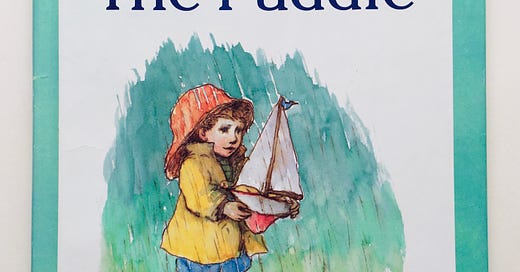



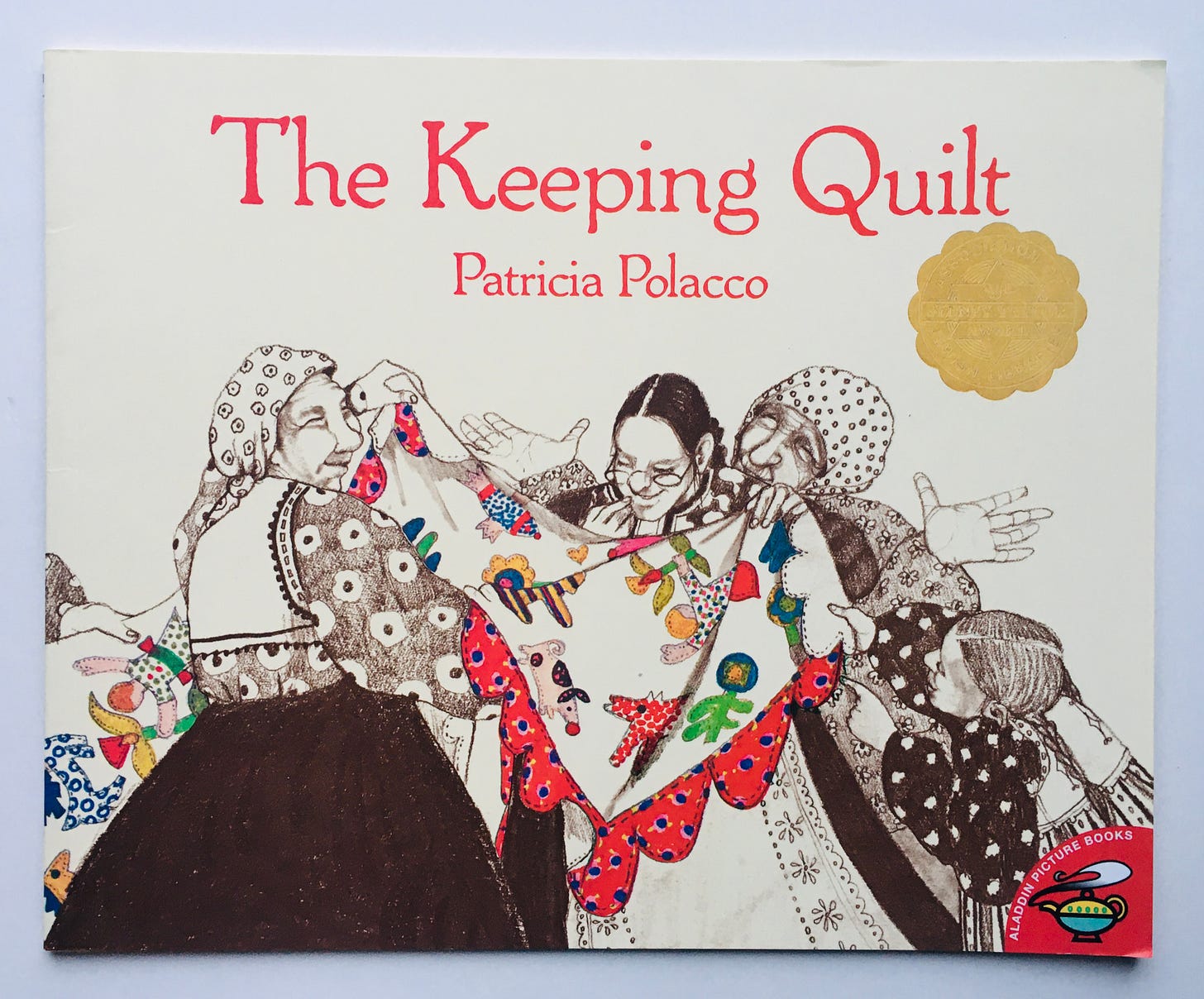
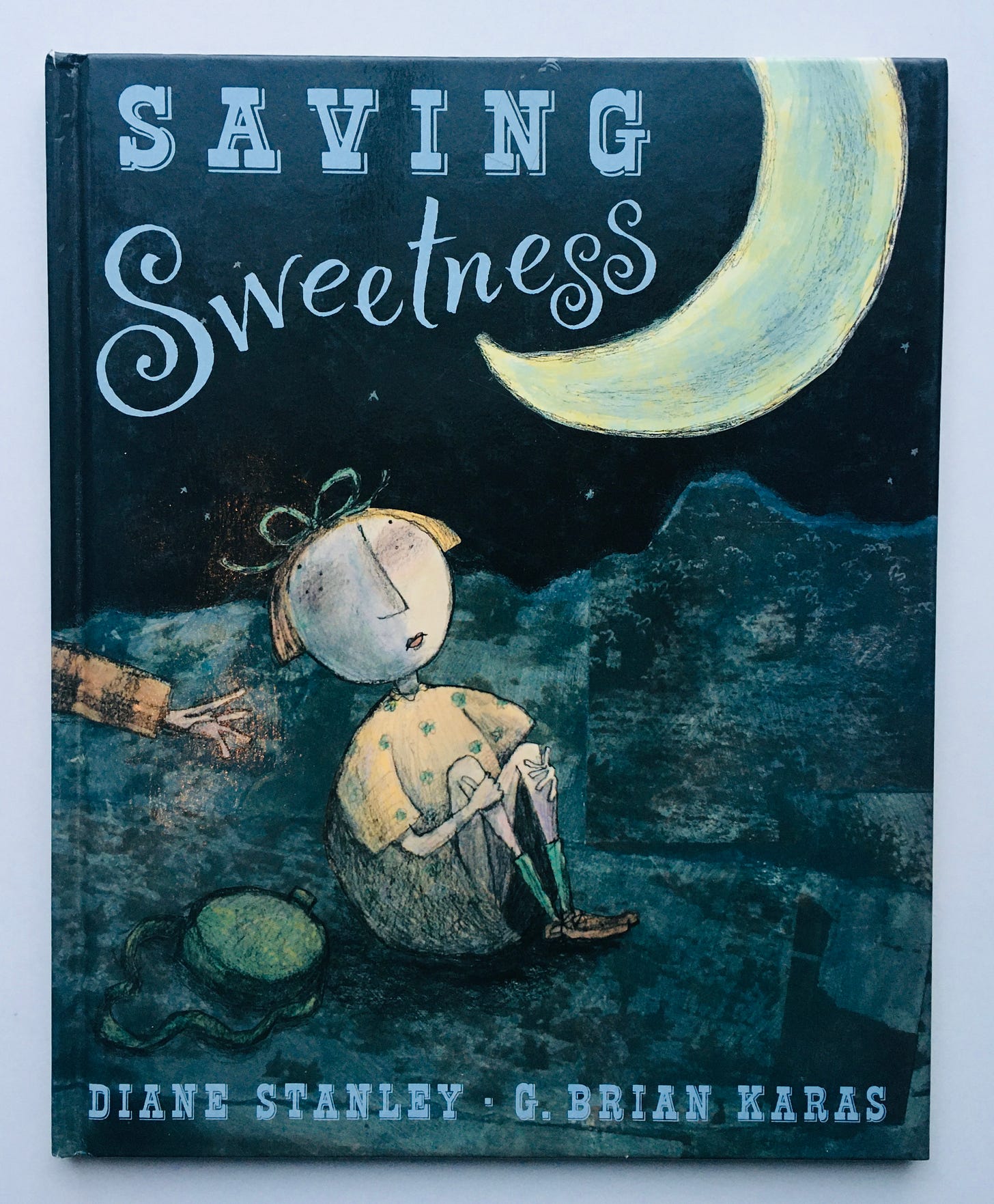
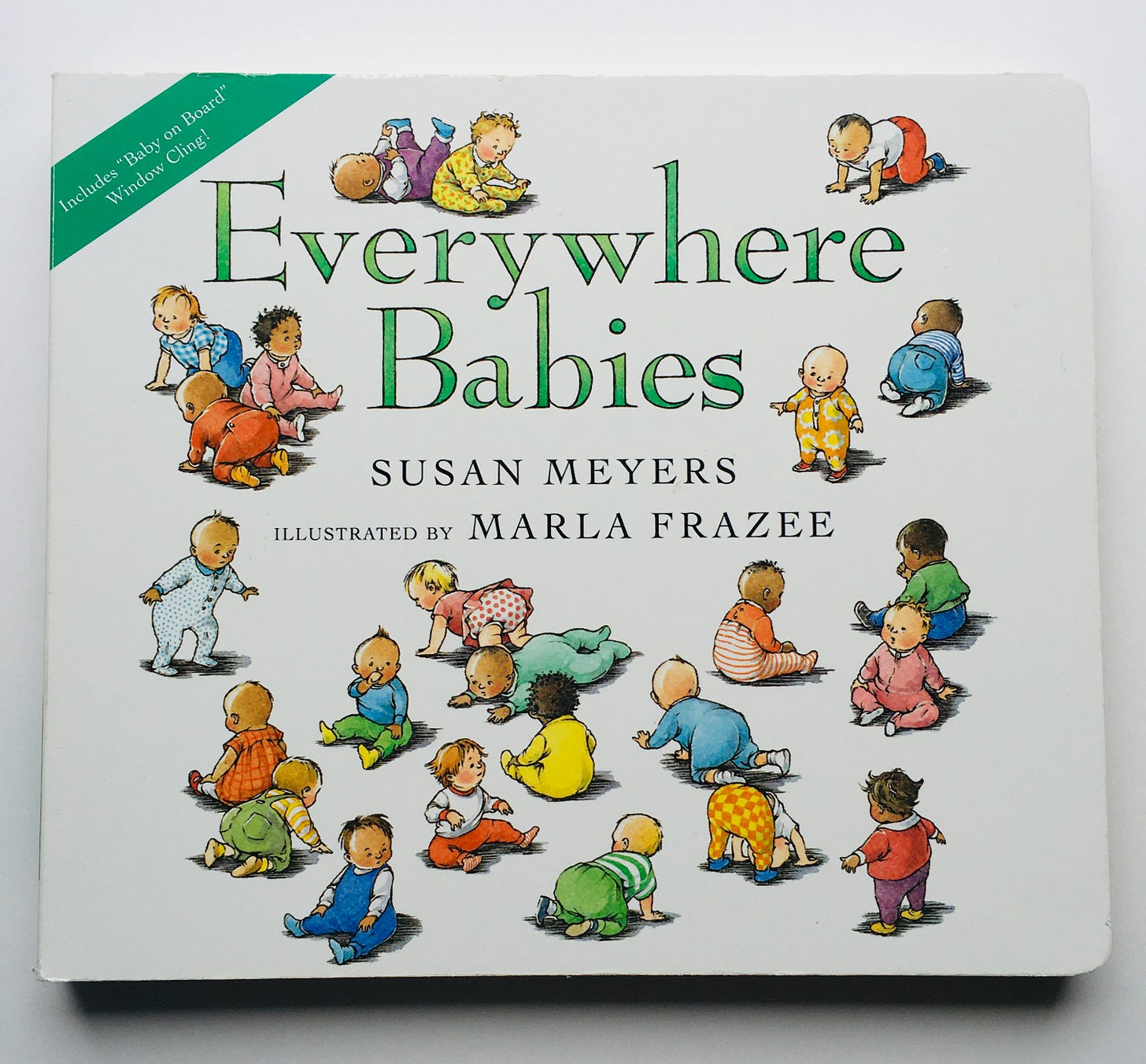
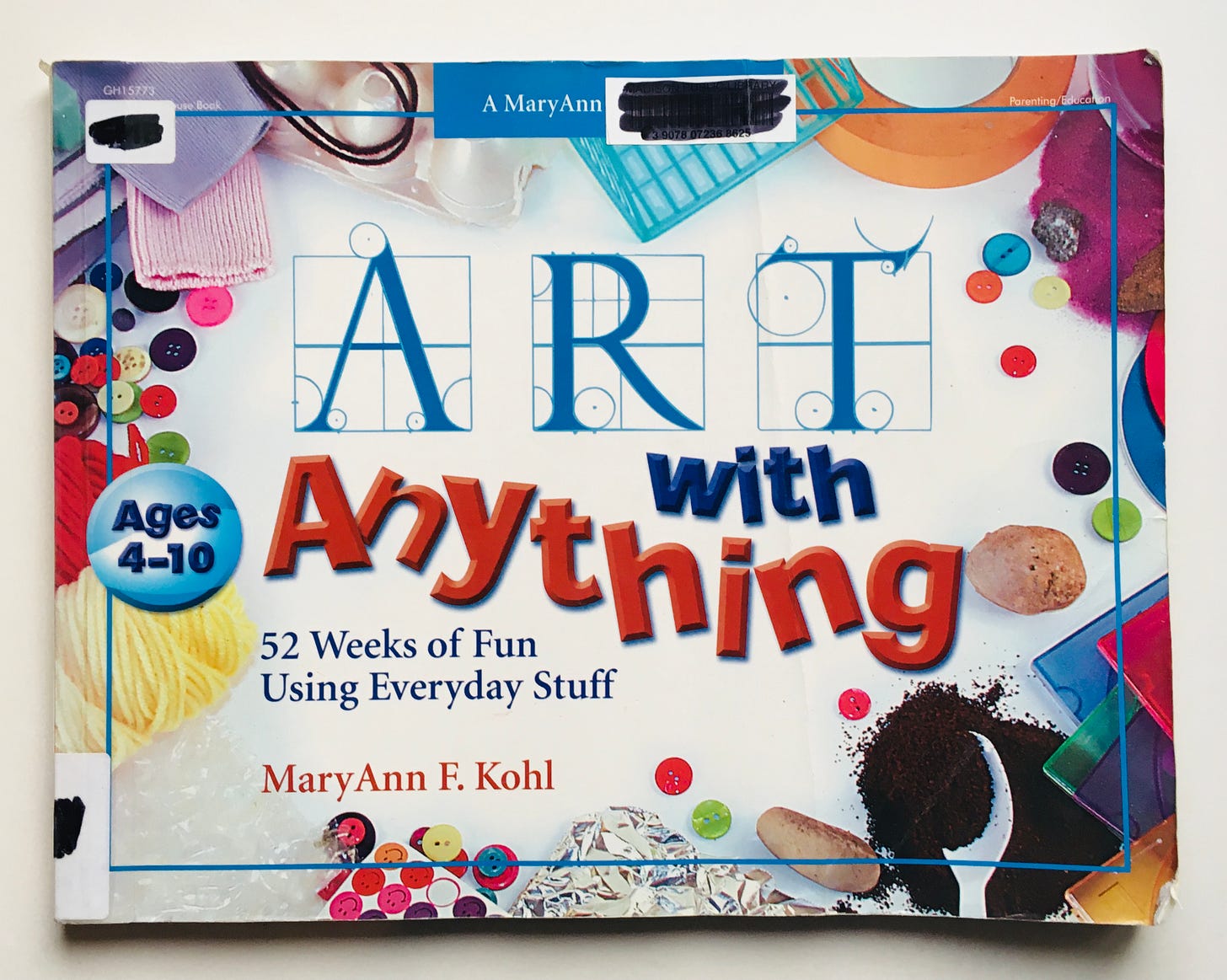

I've read Everywhere Babies with my little girl many times!
So many good ones! I hadn’t read Babies Everywhere, but thanks to you (and all those links) I got sucked into the rabbit hole of why on earth a book like that would be banned. Absolutely nuts.
Thanks for all you do!!